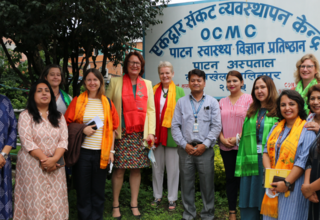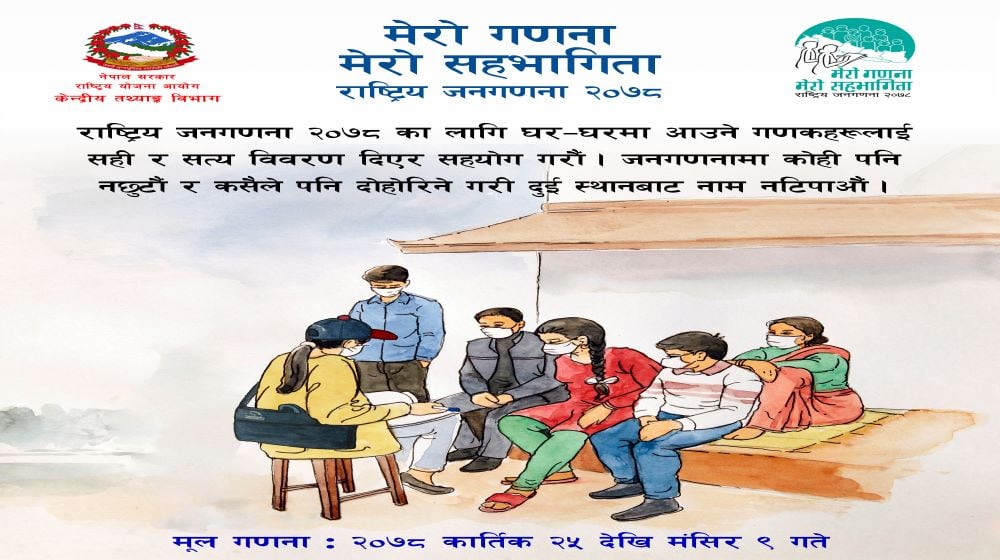In 1999, the UN General Assembly designated 12 August as International Youth Day. It is an annual celebration of the role of young women and men as essential partners in promoting human rights and development. It is also an opportunity to raise awareness of the challenges and hardships facing the world’s youth.
Young people are powerful agents of change and progress when they are educated and empowered to participate in decision-making. Yet around the world, too many youth are being left behind. They receive a substandard education, or no education at all, and find few decent employment opportunities. They struggle to access basic sexual and reproductive health information and services. Without these tools, young people – young women, in particular – find themselves grappling with poverty, early pregnancy, disease and other challenges.
The theme of International Youth Day this year is “Safe Spaces for Youth”. Young people need safe spaces where they can come together, engage in activities related to their diverse needs and interests, participate in decision-making processes and freely express themselves. As the world experiences drastic changes from climate change, deepened social and economic inequalities, political and humanitarian crises, youth often face circumstances where they don’t have safe spaces. Therefore, with the rise of social media and other forms of online communication, youth are exploring new opportunities for engagement and are using their innovations to create both virtual and physical spaces. There is a need to build on this momentum.
Never before have there been so many young people in Nepal. Never again is there likely to be such potential for economic and social progress. With falling fertility and mortality rates, leaving fewer dependents, the country has a one-time opportunity for rapid economic growth and stability. How we meet the needs and aspirations of young people will define our common future.




